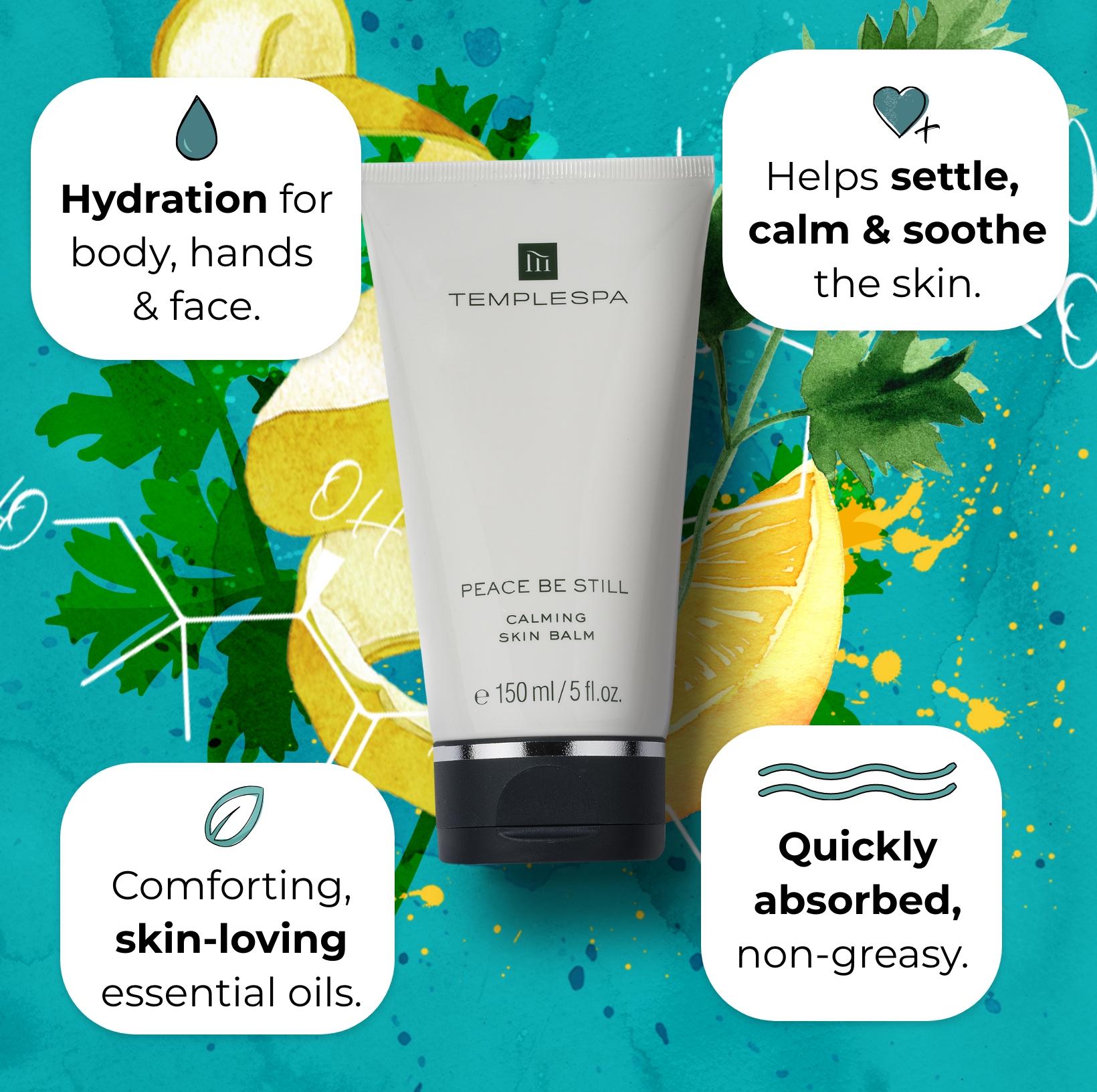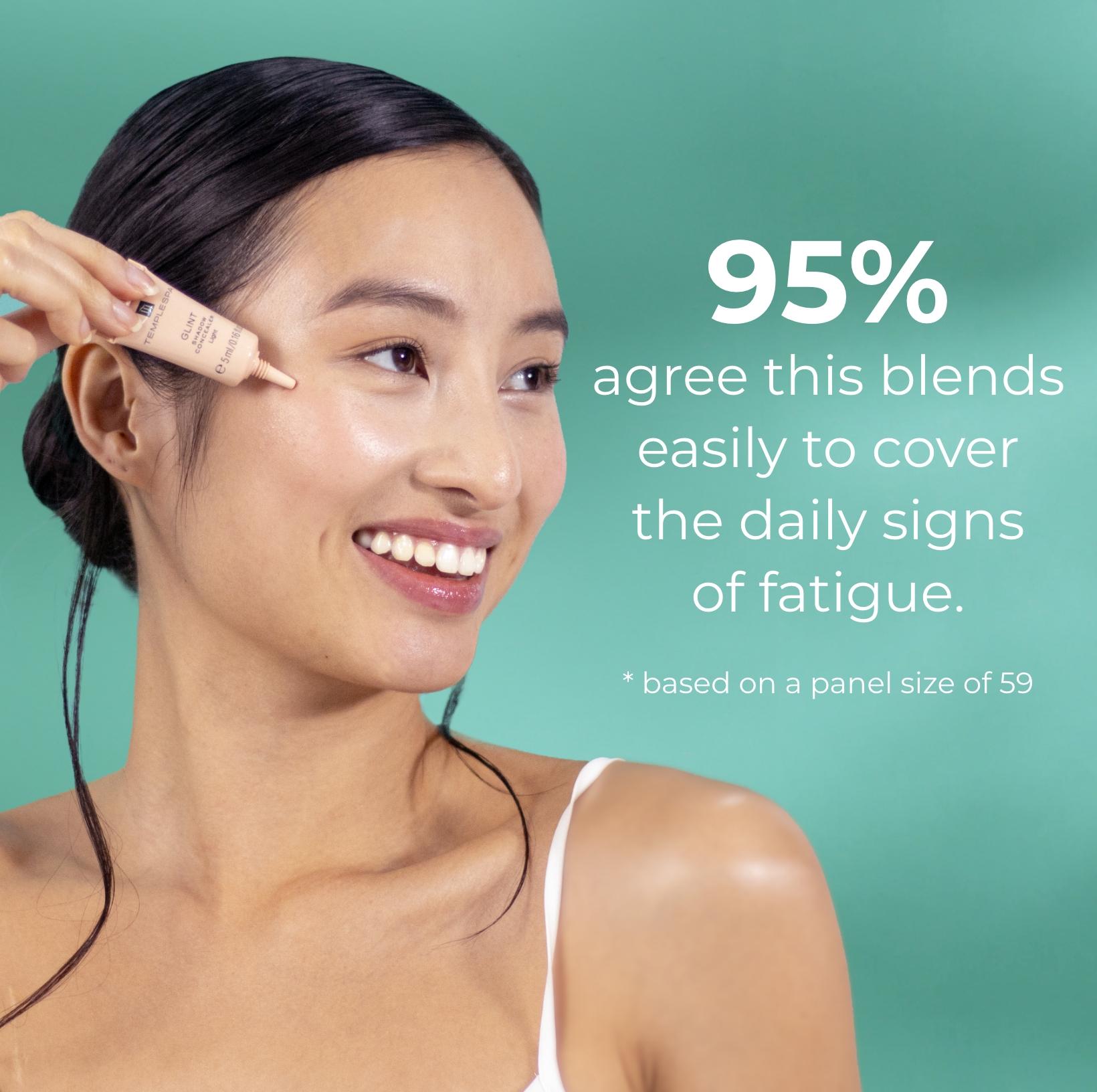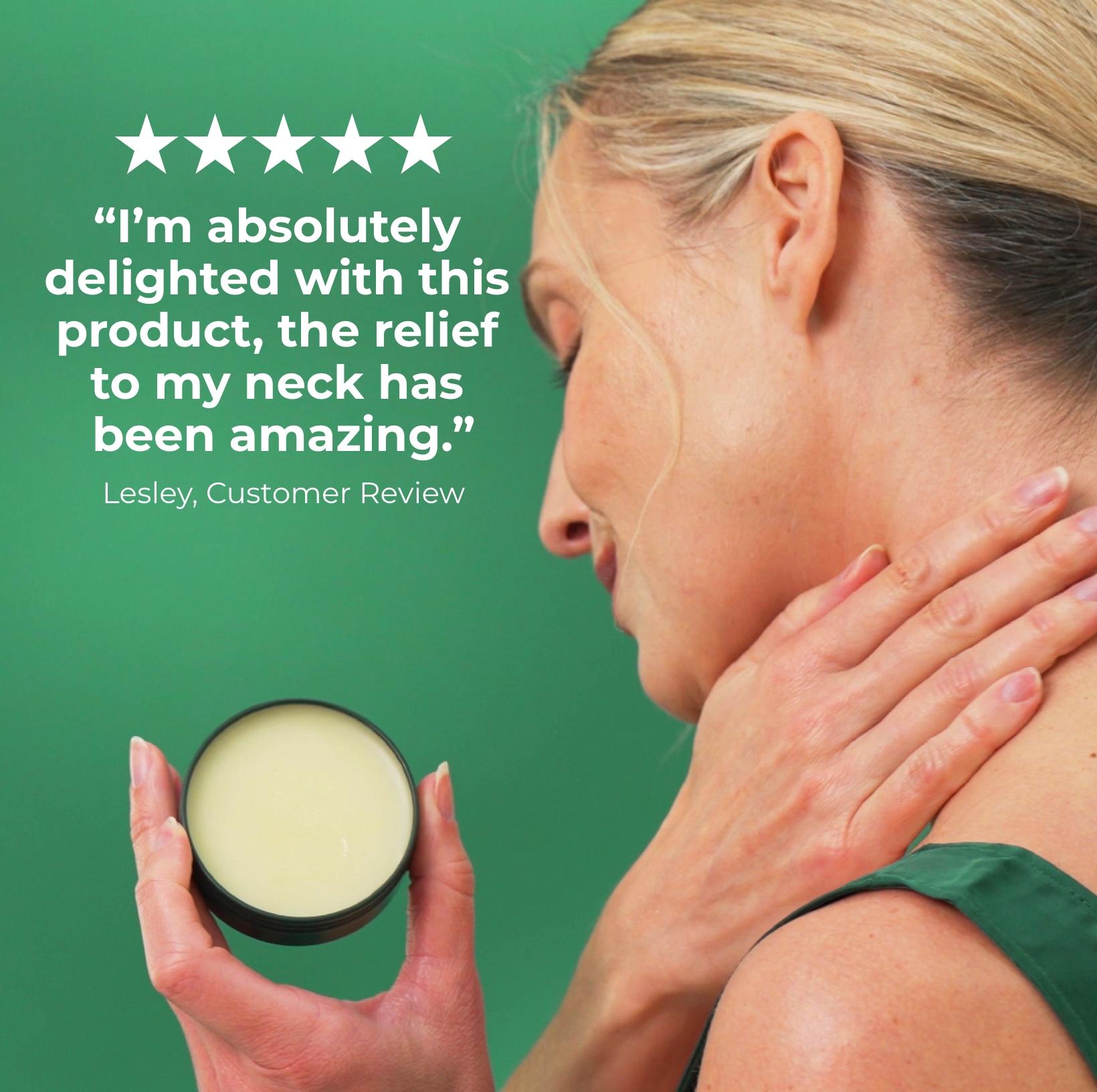Let’s be quite honest here, modern life lends itself to hyperpigmentation. If you’ve ever been in the sun without cream, ever had a nasty pimple or ever had the audacity to get older, you may experience hyperpigmentation. But, good news, there are simple solutions to this enduring problem. Here’s everything you need to know (including the number 1 way to prevent and our top 4 ways to treat) hyperpigmentation.
What is hyperpigmentation?
Hyperpigmentation is a normal, frequently occurring condition that makes some areas of the skin darker than others. The patches or spots can appear brown, black, pink or grey and are caused by an increase in melanin (the natural pigment that gives our skin its colour). Generally speaking, it’s a harmless, cosmetic problem but it can prove problematic if it impacts our self-esteem. There are three main causes of hyperpigmentation, some of which are easier to avoid than others.
What are the three types of hyperpigmentation?
While hyperpigmentation manifests in the same way, there are three common culprits:
1. Melasma
Melasma, alas, is almost impossible to avoid. This form of hyperpigmentation is down to hormonal changes and is often seen in pregnant and pre or post-menopausal women.
2. Post inflammatory hyperpigmentation (PIH)
As the name suggest, this occurs after an inflammation or injury of the skin. It may occur after a bout of acne or if you’ve had a zit that you haven’t been able to avoid picking. Your skin sets to work healing the inflammation and a darker, pigmented patch could be the result.
3. Solar lentigines
Often referred to as sun or age spots, these patches occur on skin that is most exposed to the sun and will be more common in people who do not wear a daily SPF.
Where on the body does hyperpigmentation occur?
Hyperpigmentation can occur anywhere on the body but is common in areas that are exposed to sunlight such as the face and shoulders. Hyperpigmentation on legs is common as many people who wouldn’t leave home without an SPF on their face are a little more lackadaisical when it comes to legs. Thankfully the treatments that work well on the face and shoulders are equally as effective on legs, stomach and anywhere else you may find darker patches.
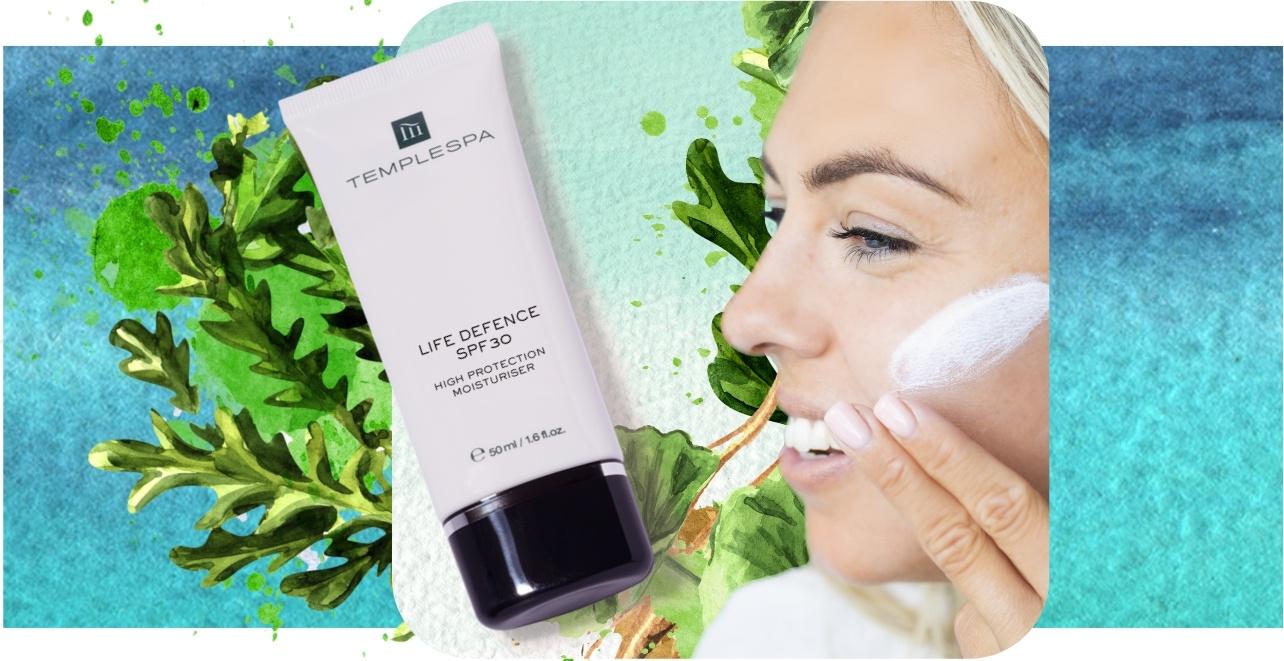

Can hyperpigmentation be prevented?
While melasma, or hyperpigmentation caused by fluctuating hormones, can’t be avoided, sun or inflammation-induced hyperpigmentation most certainly can be. As with almost any health or skin condition, prevention is better than cure and the number one rule for preventing hyperpigmentation is daily SPF skincare.
It shouldn’t come as news, as this the number one recommendation from dermatologists worldwide, care for your skin with daily SPF and it will pay off.
Our powerfully protective, broad spectrum, feather-light moisturiser LIFE DEFENCE SPF is available with SPF 30 or 50 and is suitable for daily use. Unlike many SPFs on the market, LIFE DEFENCE creates a filter to protect skin from blue light emitted by devices which, coincidentally, is a further cause of hyperpigmentation.
If you experience hyperpigmentation as a result of inflammation then try your hardest to avoid touching that pimple. We get it, the urge can be strong, but doing so will increase inflammation and the likelihood of scarring and darker skin patches.
Add a protective SPF to your morning skincare regime and prevention can become a habitual practice. But, if you have hyperpigmentation right now and want to know how to lessen its effects, read on.
How can I lighten hyperpigmentation?
Good news, there are a number of ways you can effectively (and relatively easily) fade the appearance of hyperpigmentation. A good skincare regime with nurturing ingredients that encourage cell renewal will play a huge part in evening out your skin tone. Let’s delve a little deeper into four things you can do, today, to lessen the effects of hyperpigmentation.
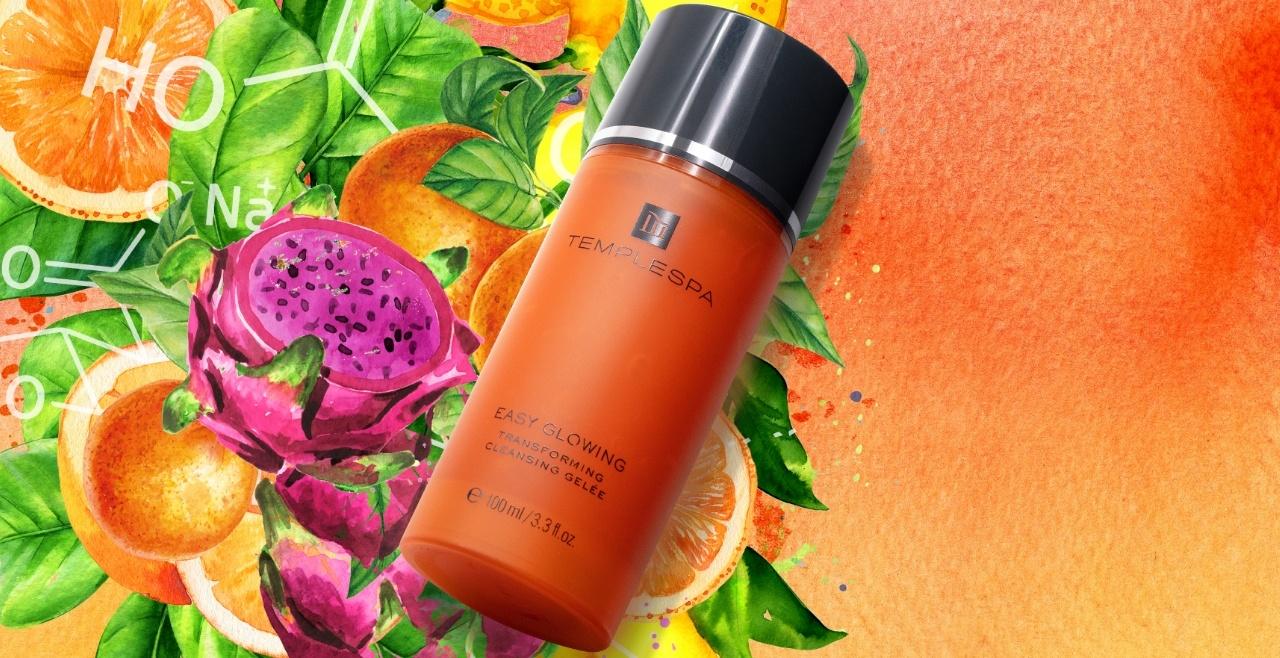

1. Incorporate vitamin C into your skincare regime
Vitamin C is amongst the most reliable naturally occurring treatments for hyperpigmentation. If you’re looking to treat darker skin patches as part of your daily skincare regime then, in addition to a broad-spectrum SPF, choose skincare products that are rich in vitamin C.
Our EASY GLOWING Transforming Cleansing Gelée could be the perfect start to your new skincare routine. Packed with effortlessly potent vitamin C, this antioxidant-rich gel cleanser contains prebiotics and astaxanthin to protect cells from UV damage for brighter and more even skin.
Team it with our award-winning LET’S CONCENTRATE Skin Glowing Serum, with its impressive combination of vitamin C, Zinc and Alpha Arbutin – products listed by leading dermatologists as leading the charge against hyperpigmentation.
2. Encourage skin turnover
Most hyperpigmentation will fade over time so if you’re looking to fade darker patches fast, plump for products that encourage skin cell turnover. Products that contain naturally occurring, skin-loving acids such as glycolic, mandelic and lactic acids (like our award-winning our GLOWCOLIC Resurfacing Toner) will speed up the process and even out your skin tone.
3. Try a chemical peel
For more instant results, it may be time to turn to a skin peel. An effective peel will exfoliate skin and remove dead skin build up for a fresher, brighter and more even-looking complexion. Our MOST REVEALING Glowing Skin Oxygen Peel is taking the beauty world by storm with its ability to deeply purify skin for a brighter, healthier complexion. Powered by vitamin C and with a potent cocktail of glycolic, malic and lactic acids as well as sodium hyaluronate, this could be the answer to your prayers.
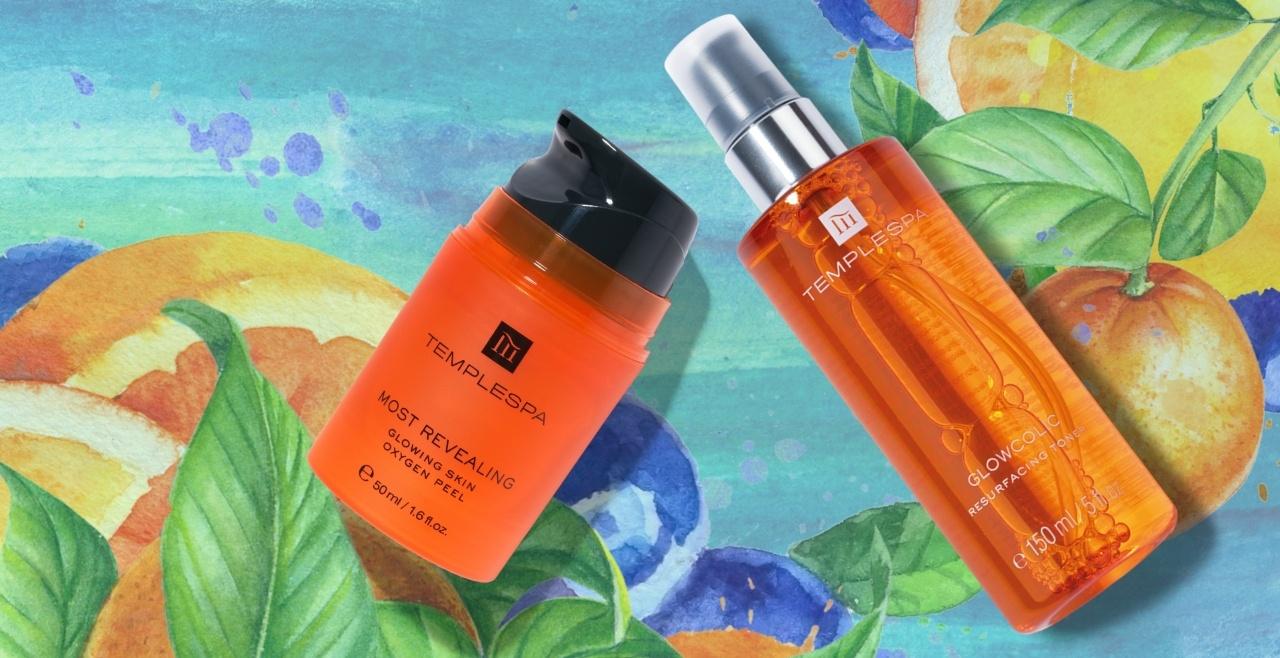

4. Talk to your dermatologist
If you’re experiencing any sort of regularly occurring skin condition, it’s advisable to check in with your dermatologist. They may be able to advise further treatments to prevent or calm, the effects of hyperpigmentation. A laser peel for example, could be an option for deeper and more stubborn pigmentation.
A number of our spa hotel partners have dermatologists on site. Find your nearest TEMPLESPA partner here.
The final word
It’s important to remember that hyperpigmentation is generally harmless. Protect your skin with a daily SPF and try to incorporate vitamin C and products that promote cell renewal into your daily routine but remember, you’re fabulous exactly as you are.




